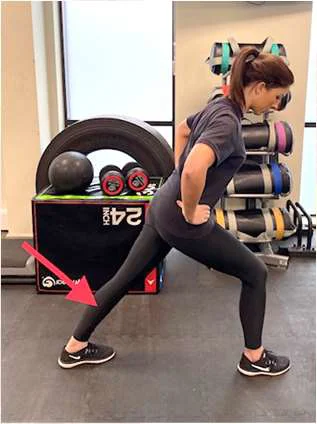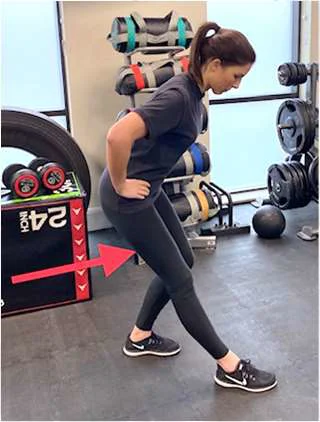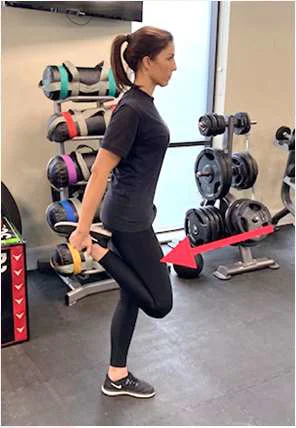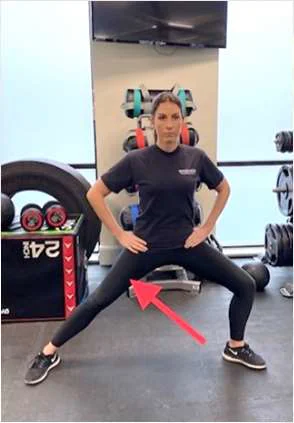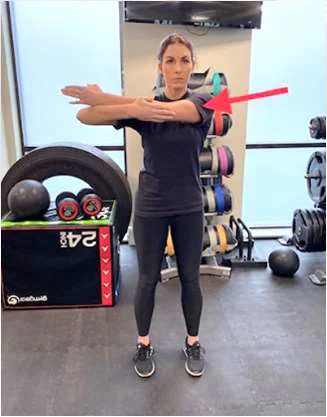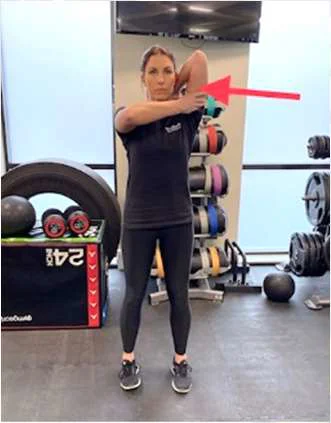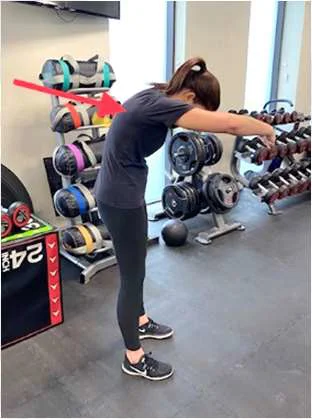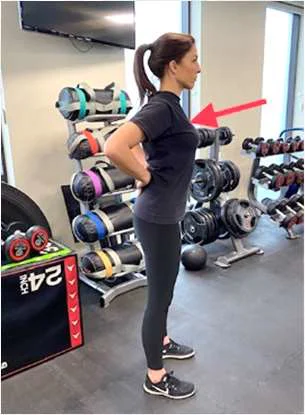Flexibility
Firefighters need to be able to manoeuvre through challenging or tight confined spaces, which requires a good level of flexibility. A lack of flexibility will limit the range of motion, placing stress on your joints, which can then potentially result in injuries such as muscle strains or ligament damage. However, when the time available for training is limited, it is common for flexibility training to be sacrificed.
- Before your training session, warm up thoroughly. Dynamic stretching will prepare the joints and muscles for the working session.
- Following your session, aim to stretch within 5 – 10 minutes of completing each session
Pilates or Yoga?
Both will help you to develop body awareness, identifying any weakness or tightness you may have, leading to an improved posture, greater flexibility and a stronger core. It is also a fantastic way to take time out for some relaxation and important ‘you’ time.
Stretches
Complete daily and after each workout. Hold the stretch for 15 – 20 seconds
